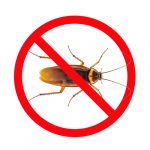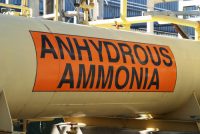Safer Substitutes for Flame Retardants
Safer Substitutes for Flame Retardants Flame- retardant chemicals have long been incorporated into different products like furniture, carpets, electronics, appliances, and building products to meet state and federal flammability requirements designed to decrease ignitability and inhibit combustion. Unfortunately, monitoring and testing studies found that certain flame- retardant chemicals exhibit undesirable characteristics such as being persistent […]










